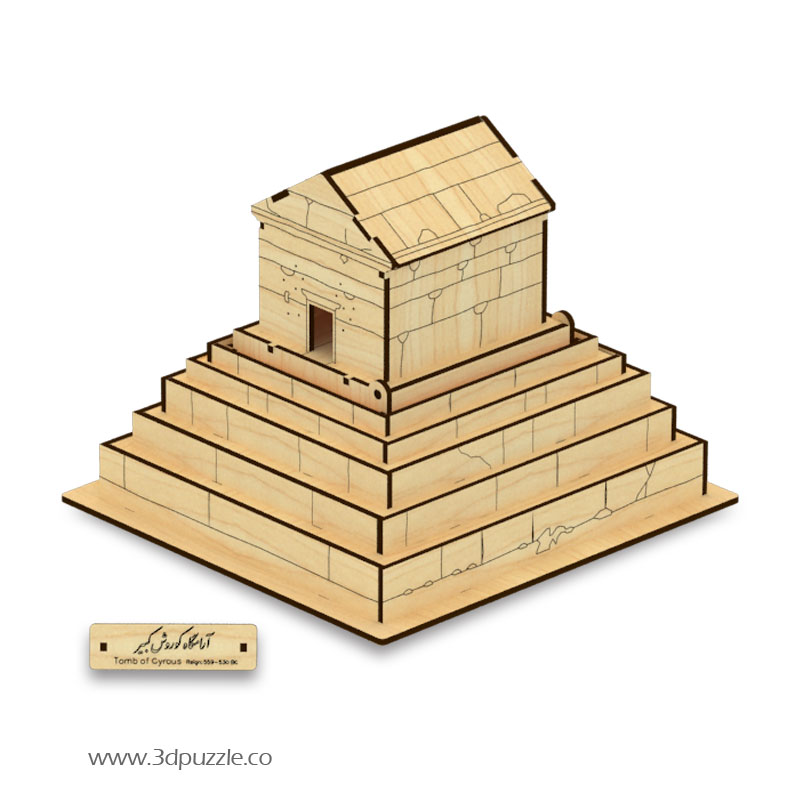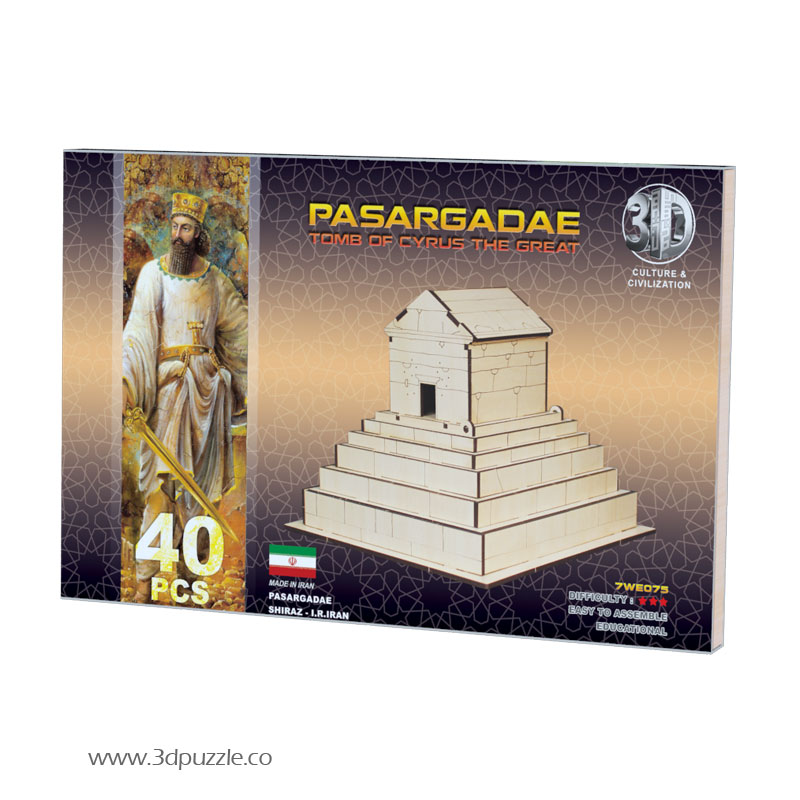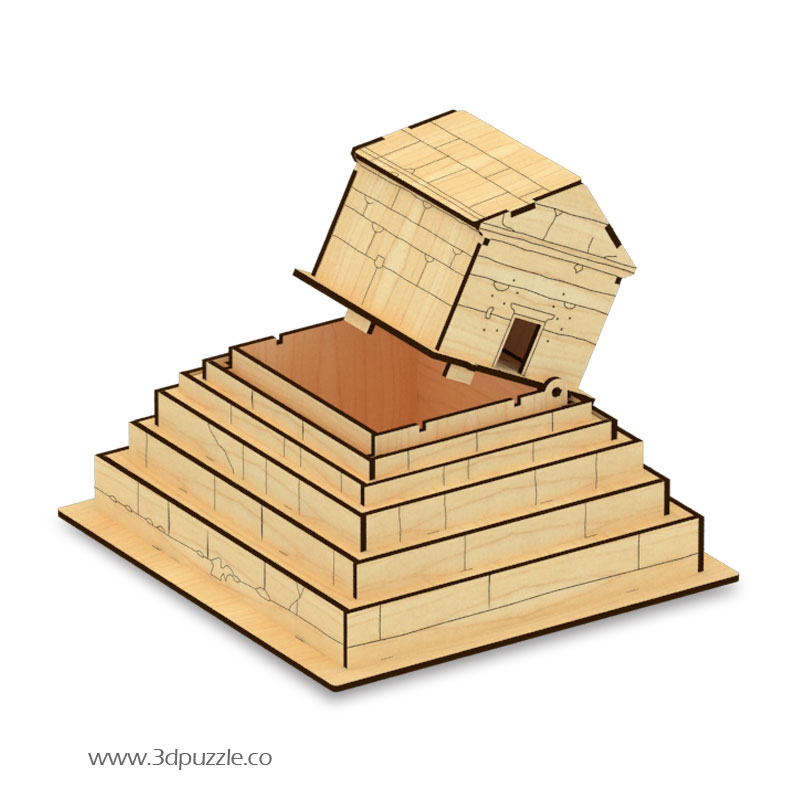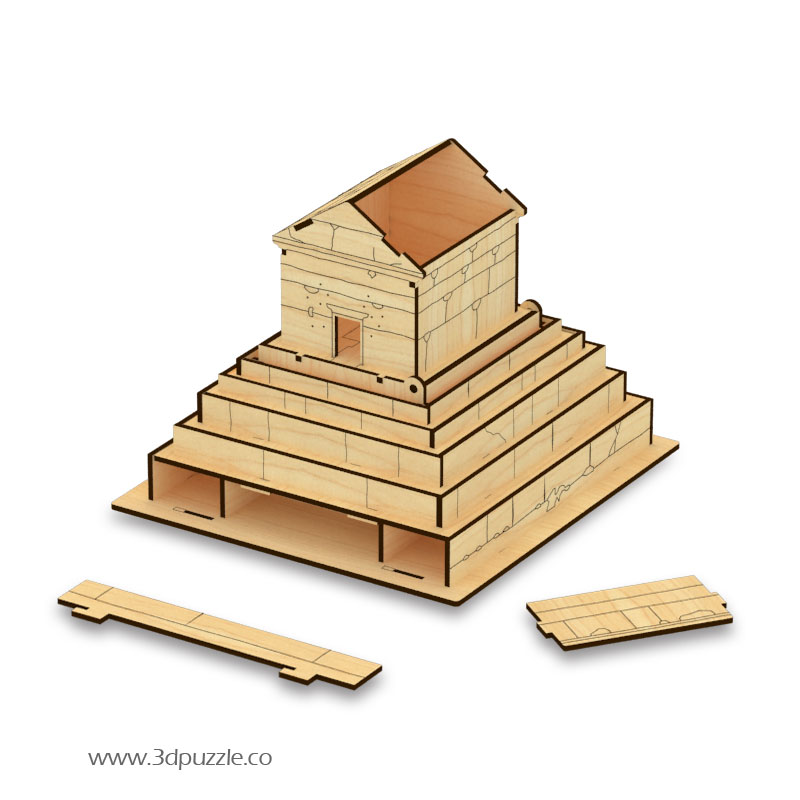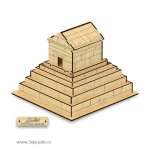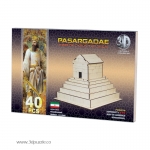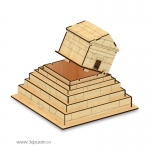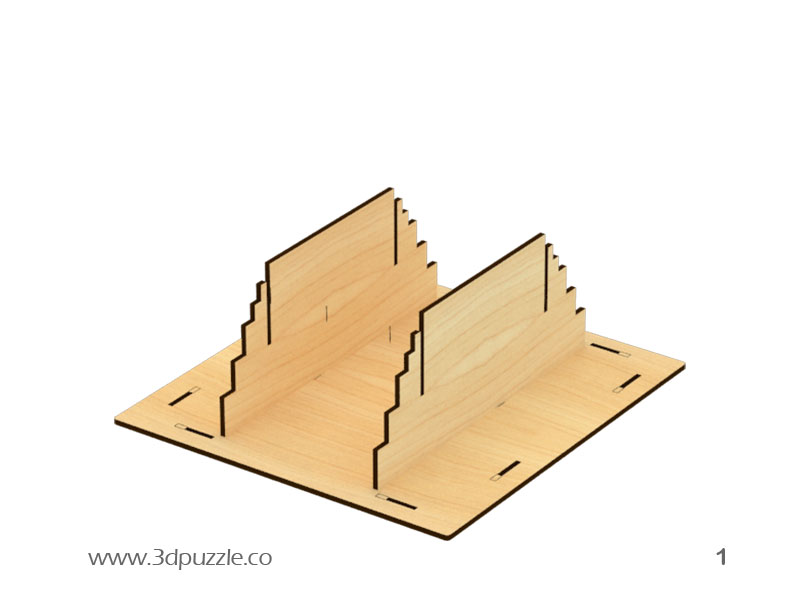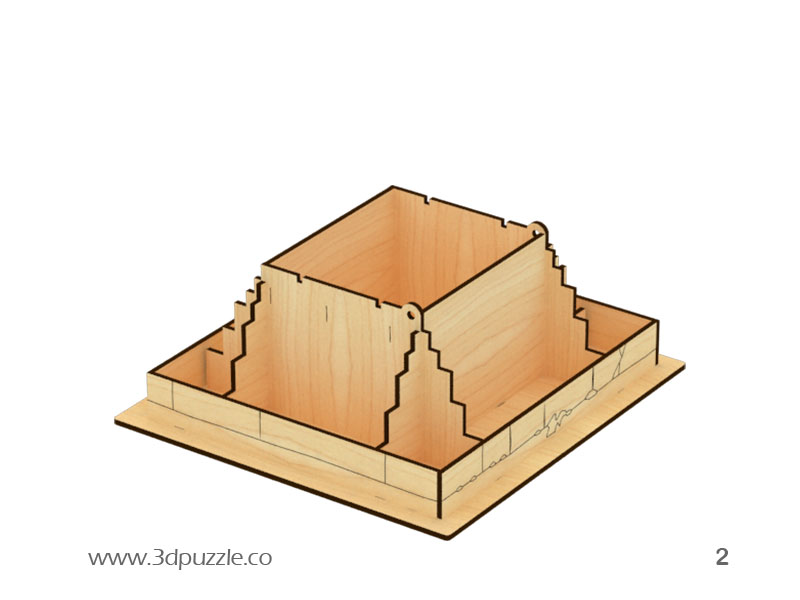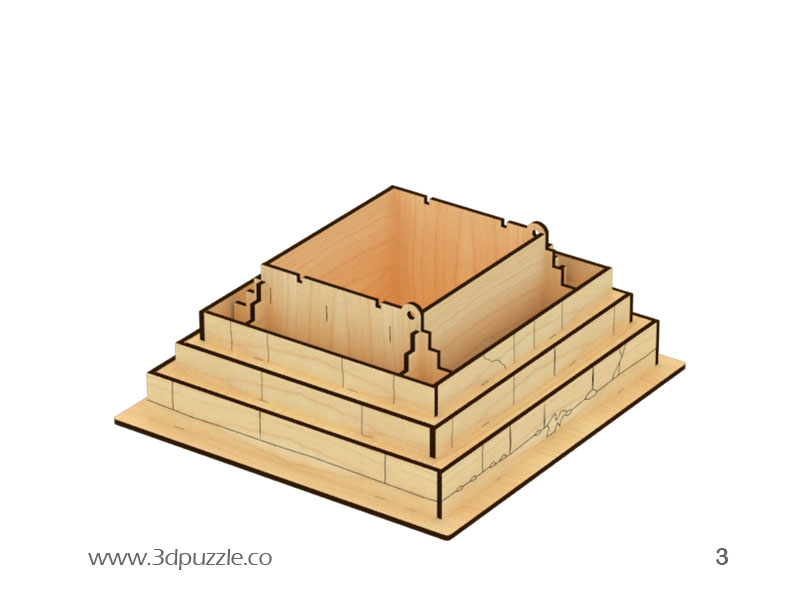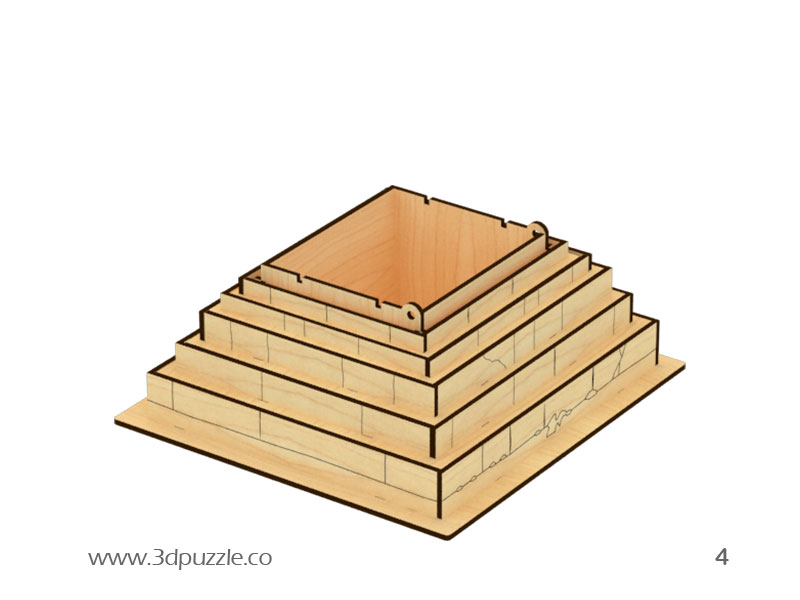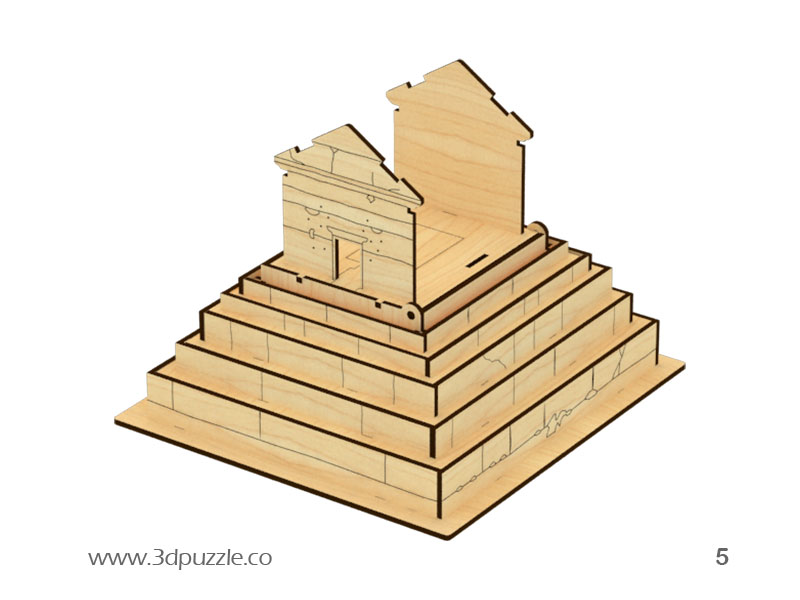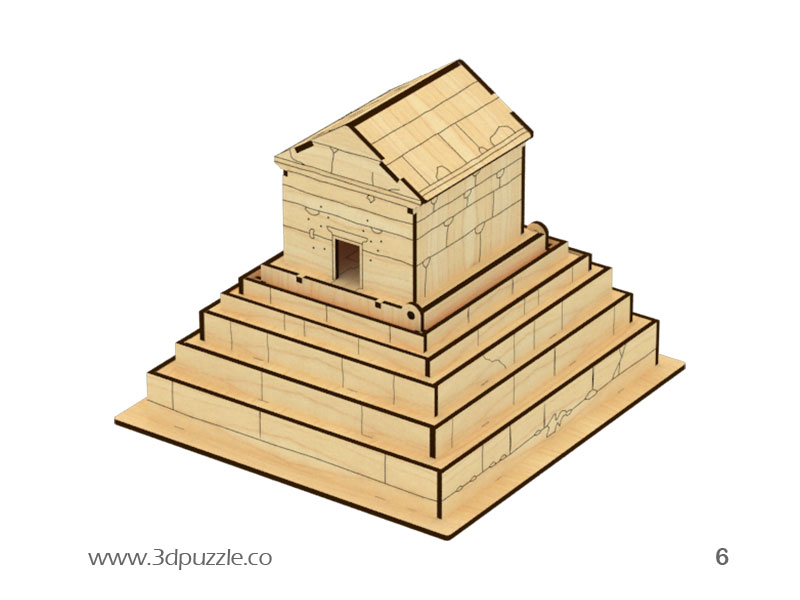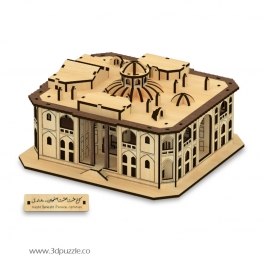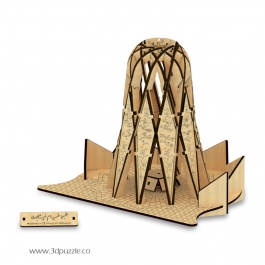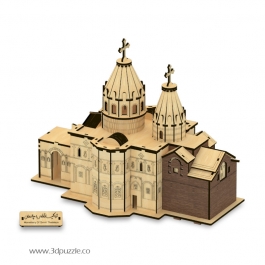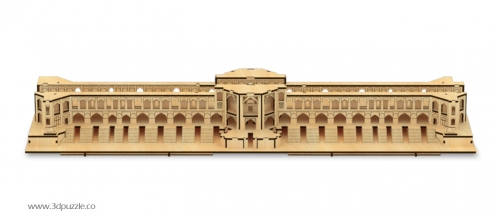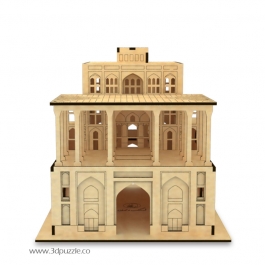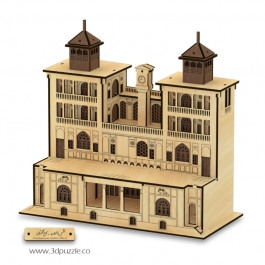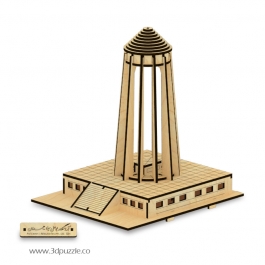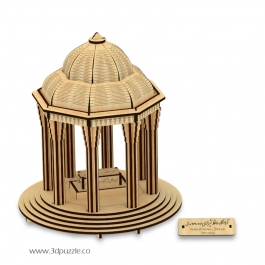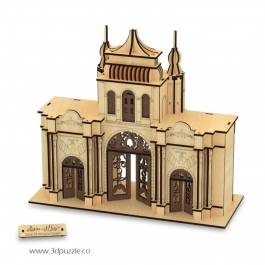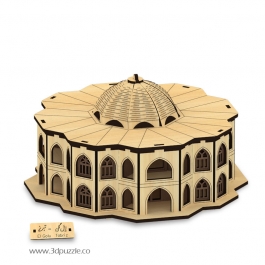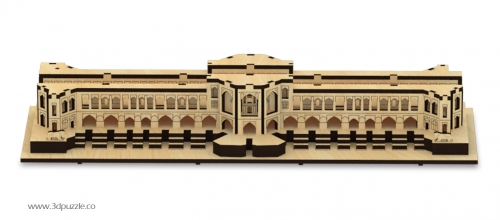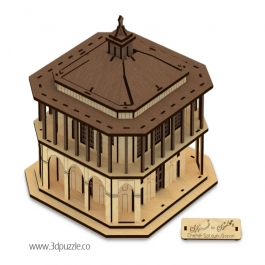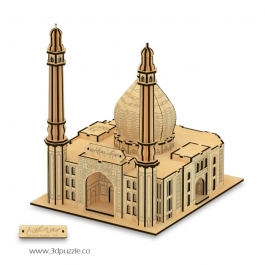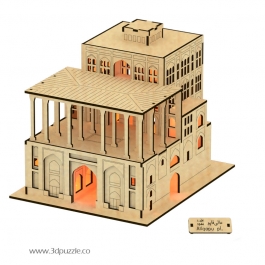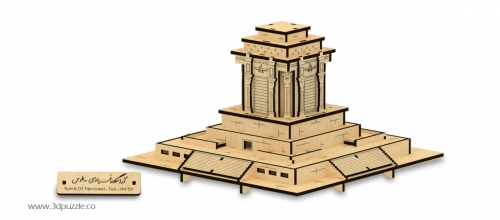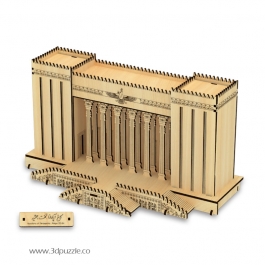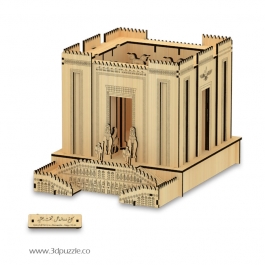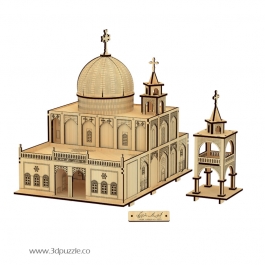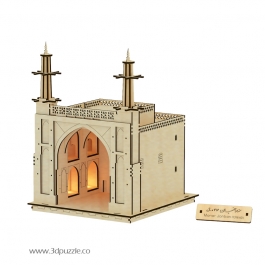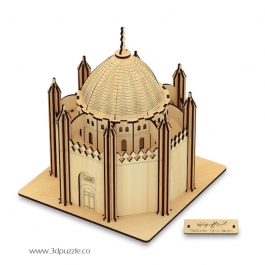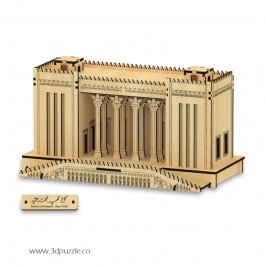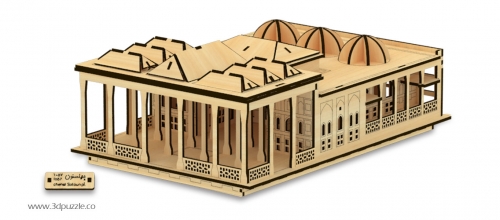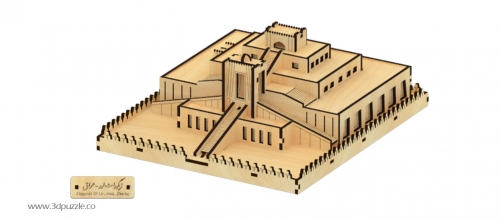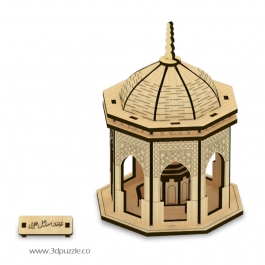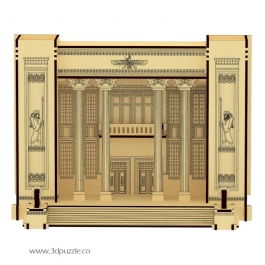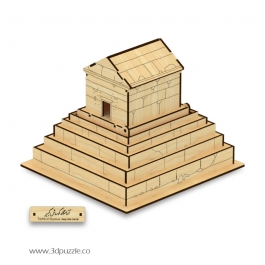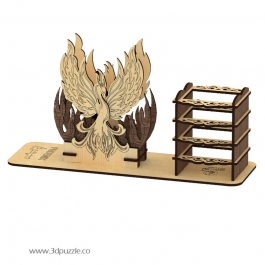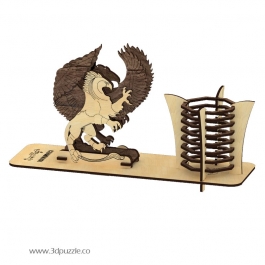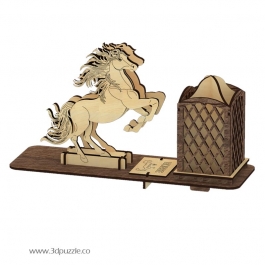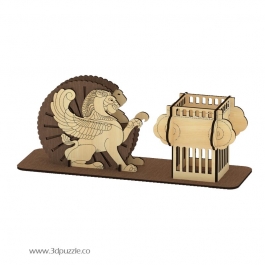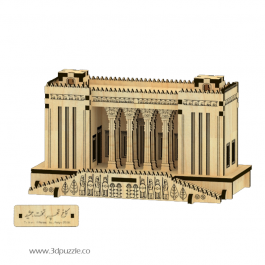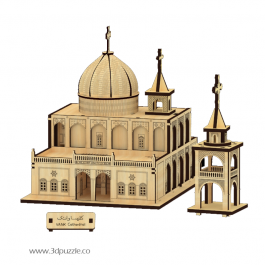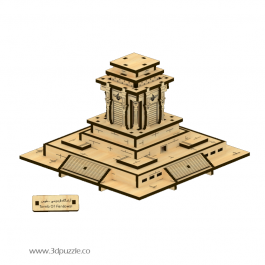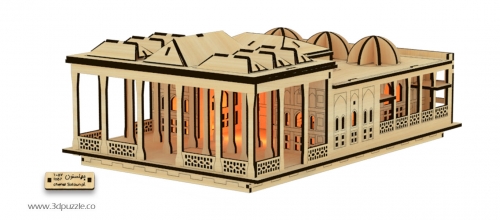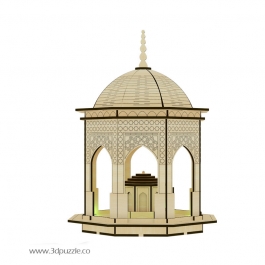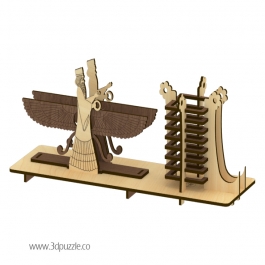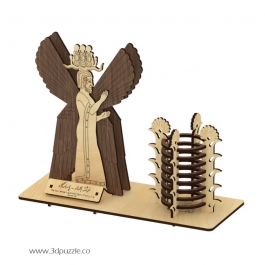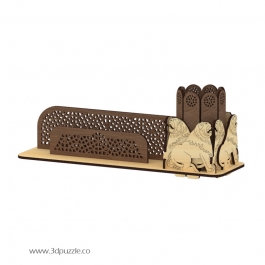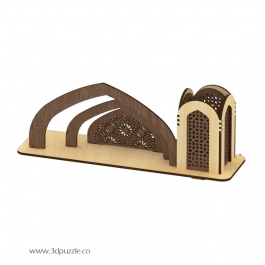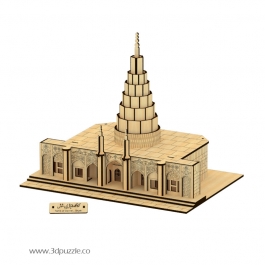آرامگاه کوروش
آرامگاه کـوروش بزرگ در مجموعه باستانیِ پاسارگـاد، در حدود 135 كيلومتري شمال شیراز قرار دارد. کـوروش بزرگ، شاهنشاهی شکوهمندِ هخامنشیان را در 550 سال قبل از میلاد، بنیان نهاد و نخستین بیانیه حقوق بشر را كه مشتمل بر انسانيترين اصول ميباشد، را از خود به یادگار گذاشت. پارسیان، کوروش را پدر میخواندند و یونانیان او را همانند انسانی آرمانی میستودند و یهودیان وی را چون مسیحِ خویش میشمردند. در قـرآن كريـم سوره كهف آيـههاي 83 تا 99 به واژه ذوالقـرنيـن اشاره شده و اتفاق مفسرين خصوصاً علامه طباطبايي بر اين است كه اين واژه در مورد كـوروش بزرگ از شاهان هخامنشي ميباشد، كه قرآن او را فردي يكتـاپرست، صـالح، دادگـر و انسـان دوست و از بندگان شايسته و برگزيده خداوند ميداند. از مهمترين دلايلي كه كـوروش را ميتوان ذوالقرنين ناميد يكي اين است كه همان طوري كه قرآن اشاره كرده دو شاخ بالاي سر او قرار دارد و ديگر اينكه كوروش به منطقه غرب(غروب آفتاب) و شرق (طلوع آفتاب) حمله ميكند و در همه جا، بناي كار او دادگري بوده است. آرامگاه کوروش از قطعات سنگ آهک ماسهای ساخته شده است و قدمت آن به سده ششم قبل از میلاد میرسد. ساختمان آرامگاه، دو قسمت اصلی دارد: کرسی بلندی متشکل از 6 ردیف سکوی پلهمانند و اتاق تدفین با سقف شیبدار و دوپوش که بر روی کرسی قرار دارد.
Tomb of Cyrus the Great
The Tomb of Cyrus the Great is in the ancient complex of Pasargadae,located in the north of Shiraz. Cyrus the Great has established the glorious Achaemenid empire in 550 B.C.. He left the first declaration of human rights based on humanist principles. The Persians use to call him 'their father', the Greeks praised him as the ideal, and the Jews thought of him as their Christ. In the holy Quran, sooreh Kahf verses 83 to 99, the word Zol-Gharnien has been mentioned and most interpreters, especially Allame Tabatabaii, concur that this word refers to Cyrus the Great, one of the Achaemenid kings. The holy Quran refers to him as a monotheistic, righteous, judicious and humanitarian person; and who is loved by God the merciful.One of the most important reason why Cyrus the great can be considered as Zol-Gharnien is that according to the holy Quran, he has 2 horns on his head; also, that Cyrus attacks the west (where the sun sets) and the east (where the sun rises), and everywhere he goes he bring justice to all of his subject. The Tomb of Cyrus the Great is made with lime sand stone, and dates from 600 B.C. The Tomb building has 2 main sections: a high seat consisting of 6 rows of stair-like platforms, and a burial chamber with a sloping roof and 2 caps on the seats.

